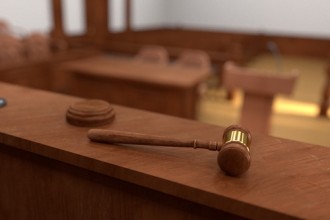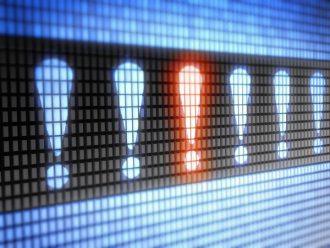
September 29, 2017
Hypothetical Claim in Doctrine of Equivalents Analysis Cannot Narrow Claim Scope
In Jang v. Boston Scientific Corp., [2016-1275, 2016-1575] (September 29, 2017), the Federal Circuit affirmed the district court’s denial of Jang’s motion for judgment as a matter of law (JMOL), its vacatur of the jury verdict of infringement under the doctrine of equivalents, and its entry of judgment of non-infringement.
At issue was U.S. Patent No. 5,922,021 on coronary stents, which the jury found not literally infringed, but infringed under the Doctrine of Equivalents. The Federal Circuit noted that the district court must uphold a jury’s verdict if it is supported by substantial evidence, which is evidence adequate to support the jury’s conclusion, even if it is also possible to draw a contrary conclusion, and in the Ninth Circuit reverses the denial only if the record lacks any evidence supporting the verdict or if the district court made a mistake of law. The Federal Circuit noted that Jang failed to persuade the district court that BSC’s non-infringement arguments were legally erroneous, and that it was similarly unpersuaded.
On the Doctrine of Equivalents, the Federal Circuit noted that a doctrine of equivalents theory cannot be asserted if it will encompass or “ensnare” the prior art. This is true even if a jury has found equivalence as to each claim element. The Federal Circuit explained that a hypothetical claim analysis is a practical method to determine whether an equivalent would impermissibly ensnare the prior art. The Federal Circuit agreed with the district court that Jang’s hypothetical claims were improper because they both expanded and narrowed the scope of the actual claims, and such narrowing is not permitted. While use of a hypothetical claim may permit a minor extension of a claim to cover subject matter that is substantially equivalent to that literally claimed, one cannot, in the course of litigation and outside of the PTO, cut and trim, expanding here, and narrowing there, to arrive at a claim that encompasses an accused device, but avoids the prior art.
The Federal Circuit explained that when utilizing the hypothetical claim tool, that burden starts with proposing a proper hypothetical claim that only broadens the issued asserted claims, and said that Jang cannot transfer the responsibility of defining the range of equivalents to which he is entitled to the district court. Jang failed to meet this burden, and thus the district court thus correctly vacated the jury verdict of infringement under the doctrine of equivalents.





































